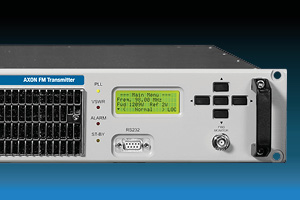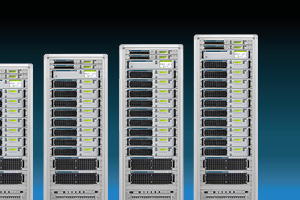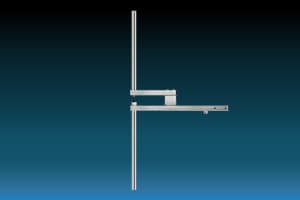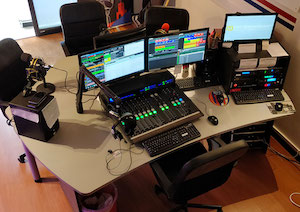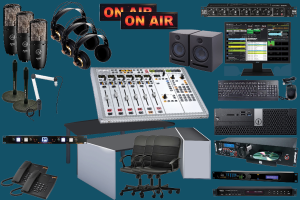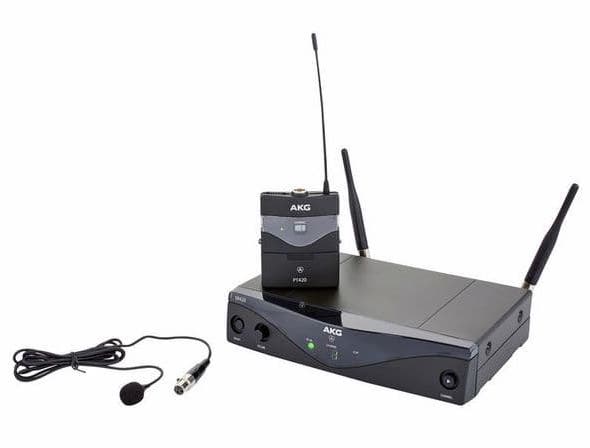
What audio equipment do you need in a TV studio?
We include in this category all the equipment that is used to manage the audio of a television
station.
All the signals go through the mixer, are there processed and sent, via auxiliary channels,
to the speakers to be monitored, to the telephone hybrids, and to the
host's in-ear monitors.
The main signal, on the other hand, is embedded into the video signal only after it has been delayed:
so as to sync the visual labial with the acoustic one.
The syncing between audio and video can be achieved by using specific audio delayers or, if available,
by using a video mixer with audio inputs.
Of course, you also definitely need high-quality desk radio microphones
(gooseneck and cardioid condenser) with their own splitter antenna system - to be mounted in a rack.
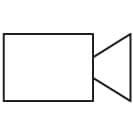 VIDEO CAMERAS
VIDEO CAMERAS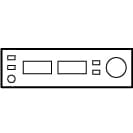 VIDEO RECORDER
VIDEO RECORDER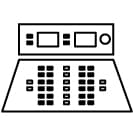 VIDEO MIXER
VIDEO MIXER VIDEO TRANSMITTER
VIDEO TRANSMITTER STUDIO CLOCKS
STUDIO CLOCKS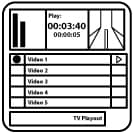 TV AUTOMATION SOFTWARE
TV AUTOMATION SOFTWARE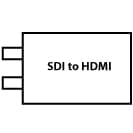 CONVERTERS
CONVERTERS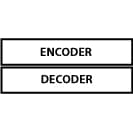 ENCODERS & DECODERS
ENCODERS & DECODERS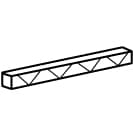 TRUSS
TRUSS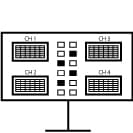 AUDIO & VIDEO MONITORING
AUDIO & VIDEO MONITORING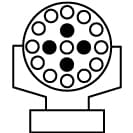 LIGHTING & SPECIAL EFFECTS
LIGHTING & SPECIAL EFFECTS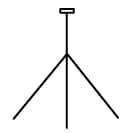 TRIPODS
TRIPODS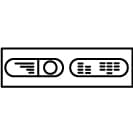 TV AUDIO PROCESSORS
TV AUDIO PROCESSORS VIDEO WALL
VIDEO WALL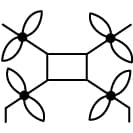 DRONES
DRONES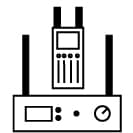 INTERCOM SYSTEMS
INTERCOM SYSTEMS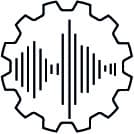 TV AUDIO EQUIPMENT
TV AUDIO EQUIPMENT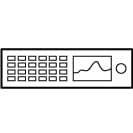 VIDEO ROUTER
VIDEO ROUTER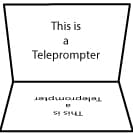 TELEPROMPTER
TELEPROMPTER